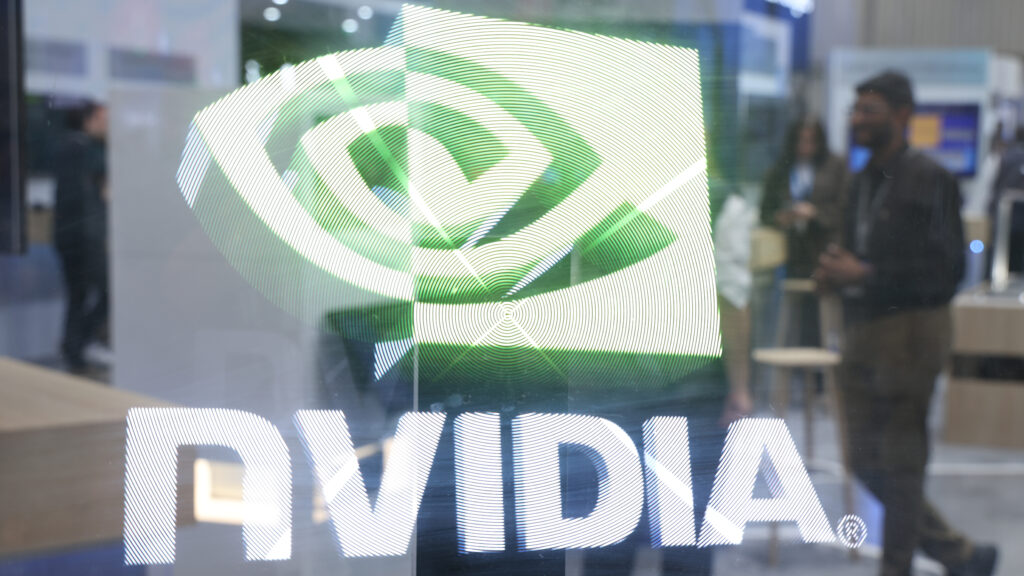Recent research from Perplexity has revealed significant advancements in artificial intelligence (AI) performance on older chip architectures. This breakthrough suggests that AI inferencing can be highly effective even on legacy systems, potentially reshaping the technology landscape.
The findings indicate that the improvements in AI capability are not limited to well-known providers like Nvidia. Instead, they extend to broader applications, including those utilizing Amazon Web Services (AWS) architecture. This could open new avenues for businesses operating on existing hardware, allowing them to leverage AI without the need for costly upgrades.
Perplexity’s study highlights the efficiency of AI models that can run on older chips without compromising performance. This is particularly relevant as companies are increasingly looking for ways to optimize their existing infrastructure while integrating AI technologies. By maximizing the potential of current systems, organizations can reduce operational costs and enhance productivity.
The research underscores a growing trend in the tech industry: the drive to make AI more accessible and efficient across various platforms. Businesses using AWS can now take advantage of improved AI inferencing capabilities, which can lead to enhanced decision-making processes, faster data analysis, and ultimately, better service delivery.
Moreover, the implications of this study extend beyond mere performance metrics. Companies that have been hesitant to adopt AI due to hardware limitations may now find it viable to implement AI solutions. This could significantly democratize AI technology, allowing smaller enterprises to compete with larger firms that have historically had more resources for cutting-edge hardware.
With the increasing importance of AI in sectors ranging from healthcare to finance, the ability to utilize existing technology effectively becomes paramount. The research from Perplexity not only sheds light on the capabilities of legacy chips but also emphasizes the potential for innovation within constrained environments.
As the tech landscape continues to evolve, the insights gained from this research could play a crucial role in shaping future AI development strategies. Keeping legacy systems relevant can help bridge the gap between established technologies and emerging innovations, ensuring that no organization is left behind in the AI revolution.
In conclusion, Perplexity’s findings mark a pivotal moment for AI applications in various industries. By demonstrating that older chips can effectively support advanced AI functionalities, the research opens new possibilities for businesses worldwide. As adoption of these technologies becomes more widespread, the focus will shift toward maximizing performance within existing infrastructures, heralding a new era of efficiency and accessibility in AI.







